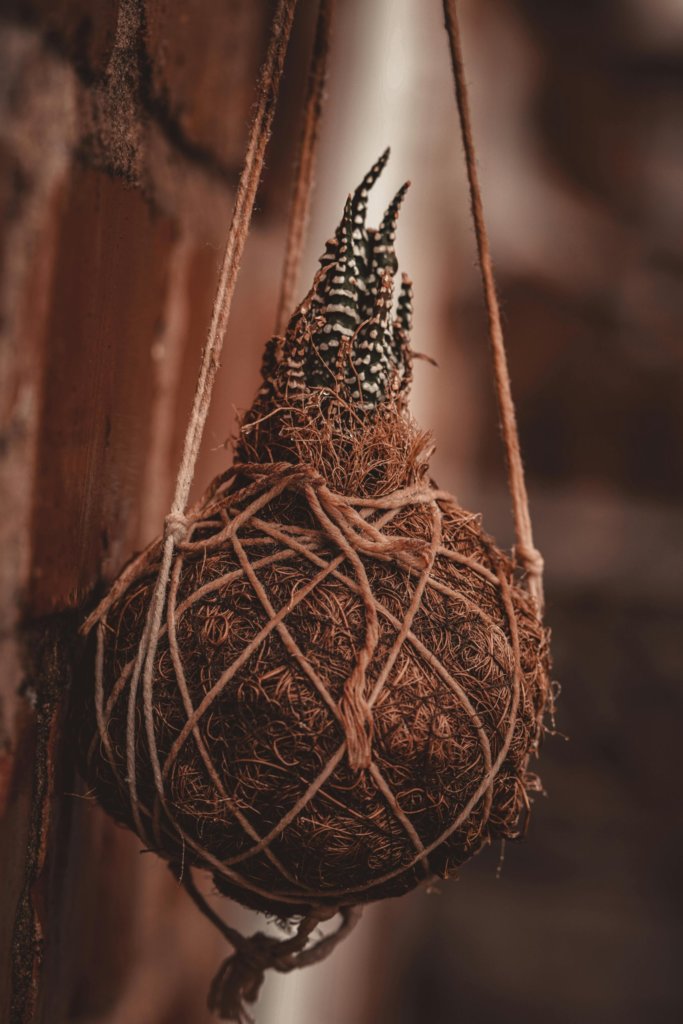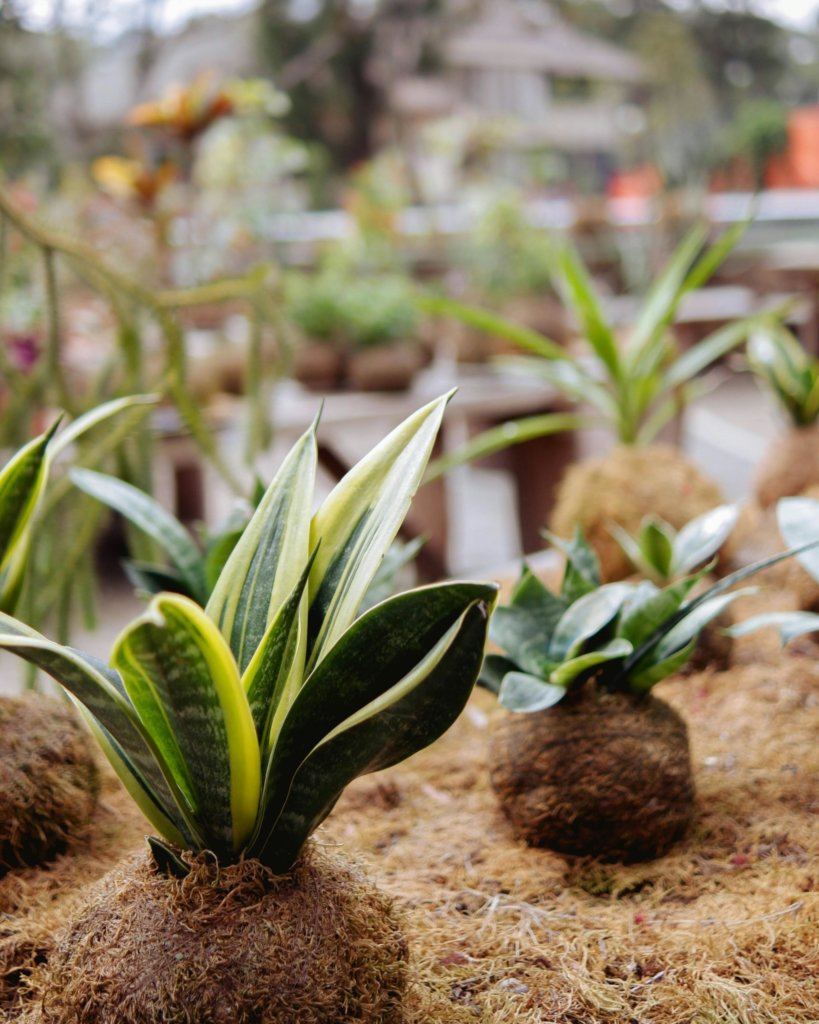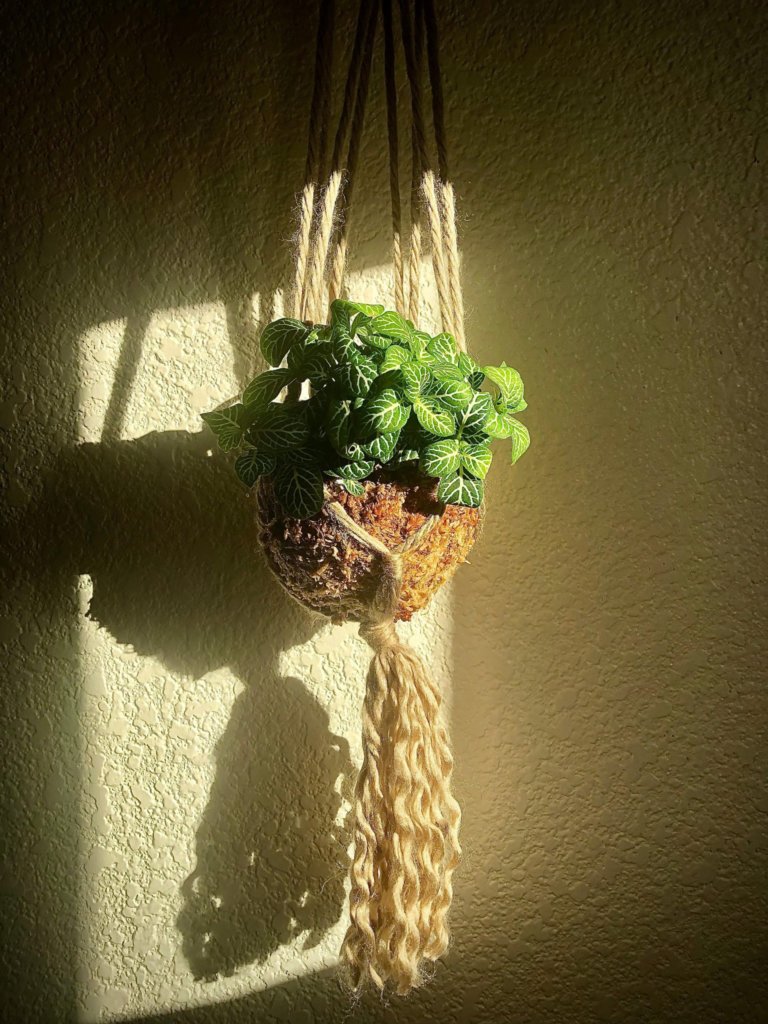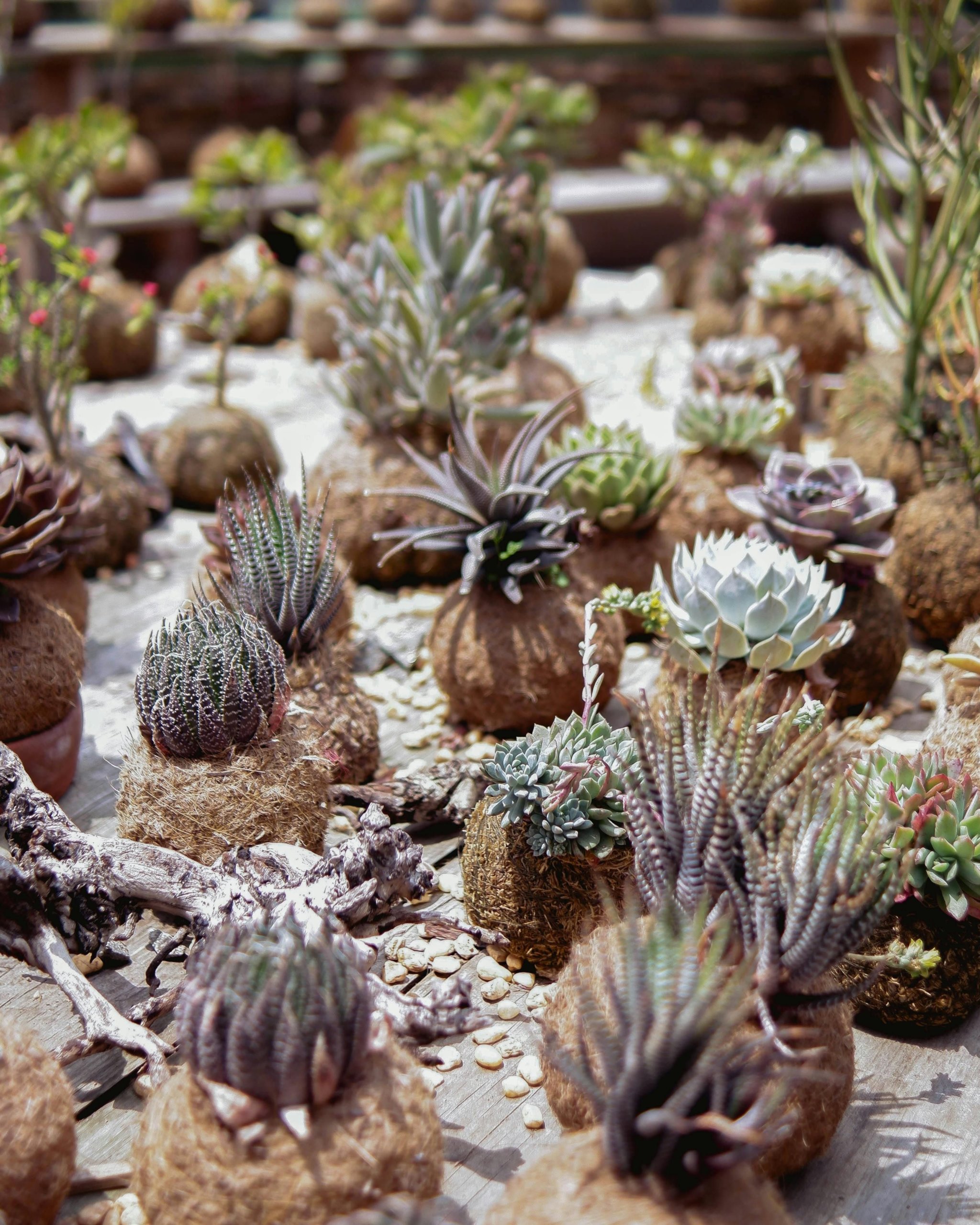Succulent Kokedama Creations
Succulent kokedama combines the beauty of Japanese moss ball gardening with the easy care of succulents. Instead of planting in pots, you wrap the roots in soil and moss, creating a living sphere that you can hang or display on a surface. You create a unique, low-maintenance piece of living art that adds natural style to any space.
This method works well in small areas and brings a clean, minimal look indoors. You can shape the moss ball, choose your favorite succulents, and decide how to display them, whether hanging in groups or placed on a simple dish. The process feels creative but stays simple enough for anyone to try.
With the right soil mix, fresh moss, and a few basic steps, you can build your own succulent kokedama at home. Once complete, these moss-wrapped plants need only occasional care, making them a practical and attractive way to enjoy greenery without the need for heavy upkeep.

Key Takeaways
- Succulent kokedama offers a simple way to grow plants in moss-wrapped soil balls
- You can make them at home with basic supplies and straightforward steps
- Display and care choices keep them both stylish and easy to maintain
Essentials of Succulent Kokedama Creations
Succulent kokedama combines the Japanese moss ball style with hardy succulent plants. You work with soil, moss, and twine to form a living sphere that highlights the shape and texture of each plant variety. The process requires attention to plant choice, the right materials, and proper assembly.
What Is a Succulent Kokedama?

A succulent kokedama is a planting method where you grow succulents inside a ball of soil wrapped in moss and secured with twine. The moss ball acts as both the container and the display, removing the need for a traditional pot.
This style comes from the Japanese practice of kokedama, which translates to “moss ball.” Traditionally, it is used for bonsai and other plants, but succulents adapt well because of their compact roots and low water needs.
You can hang the kokedama with string or place it on a shallow dish. Hanging versions often use jute twine or cotton string for support. When displayed on a surface, the moss ball itself becomes the focal point.
A succulent kokedama works indoors or outdoors if you provide enough light. It thrives best in bright, indirect sunlight and requires less frequent watering than moss balls with tropical plants.
Key Materials and Tools
To create a succulent kokedama, you need a few core supplies. The most important are:
- Succulent plants such as echeveria or string of pearls
- A well-draining soil mix
- Sheet moss or sphagnum moss to wrap the soil ball
- Twine or jute to secure the moss around the roots
- Water container for soaking finished moss balls
You start by cleaning the roots of the succulent and shaping the soil into a firm ball. Wrapping the soil with damp sheet moss helps hold it together.
Once the moss covers the soil, you use twine to tie and wrap the ball tightly. Cross the string in different directions to keep the shape stable. Jute twine is durable and gives a natural look, but cotton or nylon string also works.
Keep scissors nearby for trimming twine and pruning any damaged roots or leaves. A spray bottle can help moisten moss during assembly.
Choosing the Right Succulent Varieties
Not all succulents grow well in a kokedama. You want species with compact roots and moderate growth. Echeveria is a common choice because it forms neat rosettes that sit well on the moss ball.
String of pearls works for hanging kokedama since its trailing stems spill over the sides. Small varieties of haworthia or sedum also adapt well because they stay compact and tolerate limited soil space.
Avoid large or fast-growing succulents that will quickly outgrow the moss ball. Plants with delicate or brittle leaves are also harder to handle during wrapping.
When selecting plants, consider light needs. Most succulents prefer bright, indirect light indoors or partial sun outdoors. Matching species with similar requirements helps you care for multiple kokedama at once.
By choosing carefully, you can create kokedama that remain healthy and attractive without frequent replanting.
Step-by-Step Guide to Making Succulent Kokedama
You will need to prepare the plant roots, shape a soil ball that supports succulents, cover it with moss, and secure it with twine. Each stage focuses on creating a stable kokedama moss ball that can hold moisture while keeping the succulent healthy.
Preparing the Root Ball
- Gently remove the succulent from its pot, shake off excess soil, and lightly rinse the roots to expose them.
- Be careful not to break fine roots, as they help the plant settle into the kokedama ball.
- Trim away any damaged or dead roots with clean scissors.
- If combining multiple succulents, arrange them so the roots spread evenly to form a balanced root ball.
- Keep the roots slightly damp while you work, as dry roots can be harder to shape and may stress the plant. A small spray bottle of water can help.
Mixing and Shaping the Soil
- Prepare the soil mixture: Combine equal parts well-draining succulent soil and peat moss. The succulent soil ensures good drainage, while the peat moss helps the mixture hold its shape.
- Add water: Gradually add a small amount of water until the soil mix has a clay-like consistency and can be easily molded.
- Form the soil ball: Take a handful of the mixture and press it into a round ball. The ball should be just large enough to cover the plant’s root system. If it crumbles, add a bit more peat moss or water.
- Enclose the roots: Split the ball in half, place the succulent’s roots inside, and press the two halves back together firmly to fully enclose the roots and keep the ball intact.
Wrapping with Moss and Securing with Twine
- Prepare the moss: Lay out a sheet of damp sphagnum or sheet moss.
- Form the ball: Place the soil ball in the center and wrap the moss around it, ensuring no soil is visible. This layer helps lock in moisture and gives the kokedama its finished look.
- Wrap with twine: While holding the moss in place, begin wrapping twine around the ball. Start at the base and crisscross in different directions until the moss is secure.
- Finish the knot: Tie the twine tightly, but not so tight that it cuts into the moss. Leave some extra twine at the top if you plan on hanging the succulent moss ball.
Planting and Finishing Touches
- Once the kokedama ball is secure, make sure the succulent is upright and centered, adjusting the moss or twine as needed.
- To water, soak the entire ball in water for 10-15 minutes, then let it drain completely.
- Place the kokedama in a bright spot with indirect light and good airflow. Avoid damp corners.
- To display it on a surface, set the kokedama on a shallow dish.
- For a hanging display, use the extra twine to suspend it.
Displaying and Styling Succulent Moss Balls
You can place succulent moss balls in ways that highlight their shape and texture while keeping them easy to care for. Whether suspended in the air or resting on a surface, the display choice affects both style and plant health.
Hanging String Gardens
Hanging your kokedama creates a floating effect often called a string garden. You wrap the moss ball securely with jute twine or yarn, leaving enough strength to support the weight of the soil and succulent. A simple loop tied at the top makes it easy to hang from a ceiling hook or wall bracket.
Spacing matters. Keep at least 6-8 inches between each moss ball so air can circulate and the plants don’t crowd one another. This also prevents excess moisture buildup, which can harm succulents.
For styling, you can hang a single moss ball as a focal point or group several at staggered heights. Neutral twine blends in, while colored yarn adds a decorative accent. Bright yarn works well in modern spaces, while natural jute fits better in rustic or minimalist rooms.
Tabletop and Decorative Arrangements
If you prefer not to hang your kokedama, you can place it on a flat surface. A ceramic dish, stone slab, or shallow tray keeps the moss ball stable and protects furniture from moisture. Adding pebbles or sand around the base can create a clean, finished look.
Tabletop displays work well for desks, shelves, or coffee tables. Succulent kokedama stay compact, so they don’t overwhelm small spaces. You can also group several moss balls of different sizes to form a low arrangement.
For a decorative touch, wrap the moss ball with colored yarn or patterned twine before setting it out. This small detail lets you coordinate with room colors while still keeping the natural look of the moss and succulent.
Care and Maintenance for Succulent Kokedama
Succulent kokedama requires careful watering and proper light to stay healthy. You also need to watch for signs of stress and adjust your care routine to keep the moss ball and succulent plants thriving.
Watering and Light Requirements

Succulent plants prefer a soak-and-dry method. Place the moss ball in a bowl of water for 10-15 minutes, then let it drain fully. This allows the roots to absorb enough moisture without staying wet for too long. Overwatering quickly leads to root rot, so always check that the moss feels dry before watering again.
Light is just as important as watering. Succulent kokedama grows best in bright, indirect sunlight. A south- or east-facing window works well indoors. Direct afternoon sun can dry the moss ball too quickly and burn the leaves, while too little light will cause the plant to stretch and lose its compact shape.
If you keep your kokedama outdoors, place it in a spot with filtered light or morning sun. Avoid heavy rain exposure, as the moss ball will hold too much water.
Long-Term Health and Troubleshooting
Over time, the moss ball may break down or loosen. You can rewrap it with fresh moss and twine to keep the structure firm. Fertilize lightly once a month during growing season with a diluted succulent fertilizer to support growth.
Watch for signs of stress. Wrinkled leaves often mean the plant is too dry, while soft or mushy leaves signal overwatering. If the roots outgrow the moss ball, you can either rewrap them or transfer the succulent to a pot.
Common issues include pests like mealybugs or fungus gnats. Remove pests with a cotton swab dipped in alcohol or use insecticidal soap. Proper airflow and avoiding excess moisture help prevent these problems from developing.

